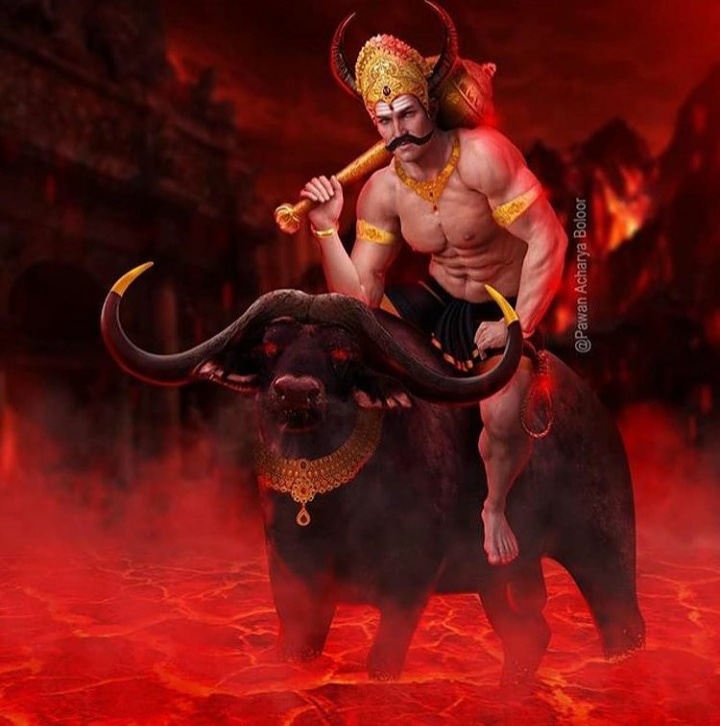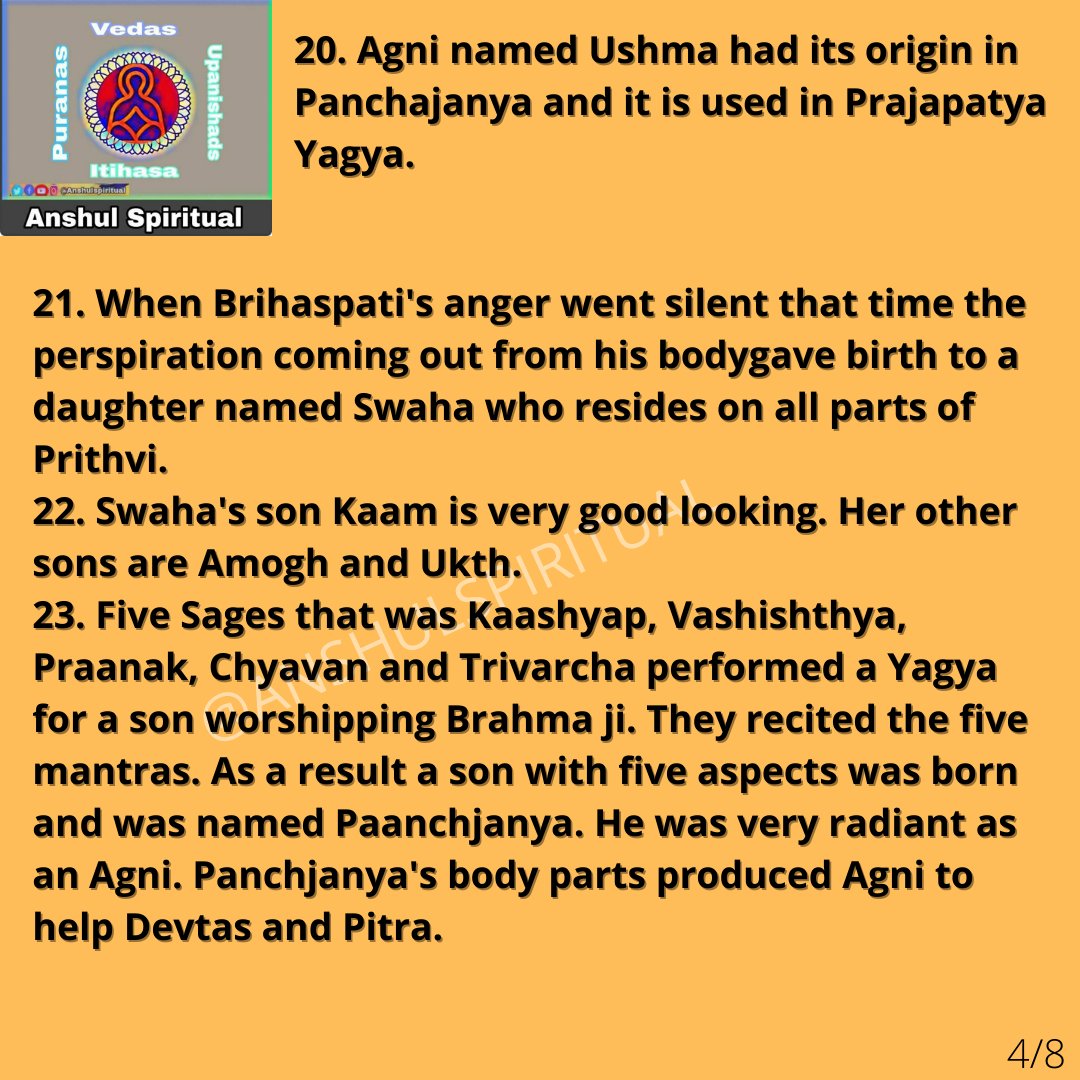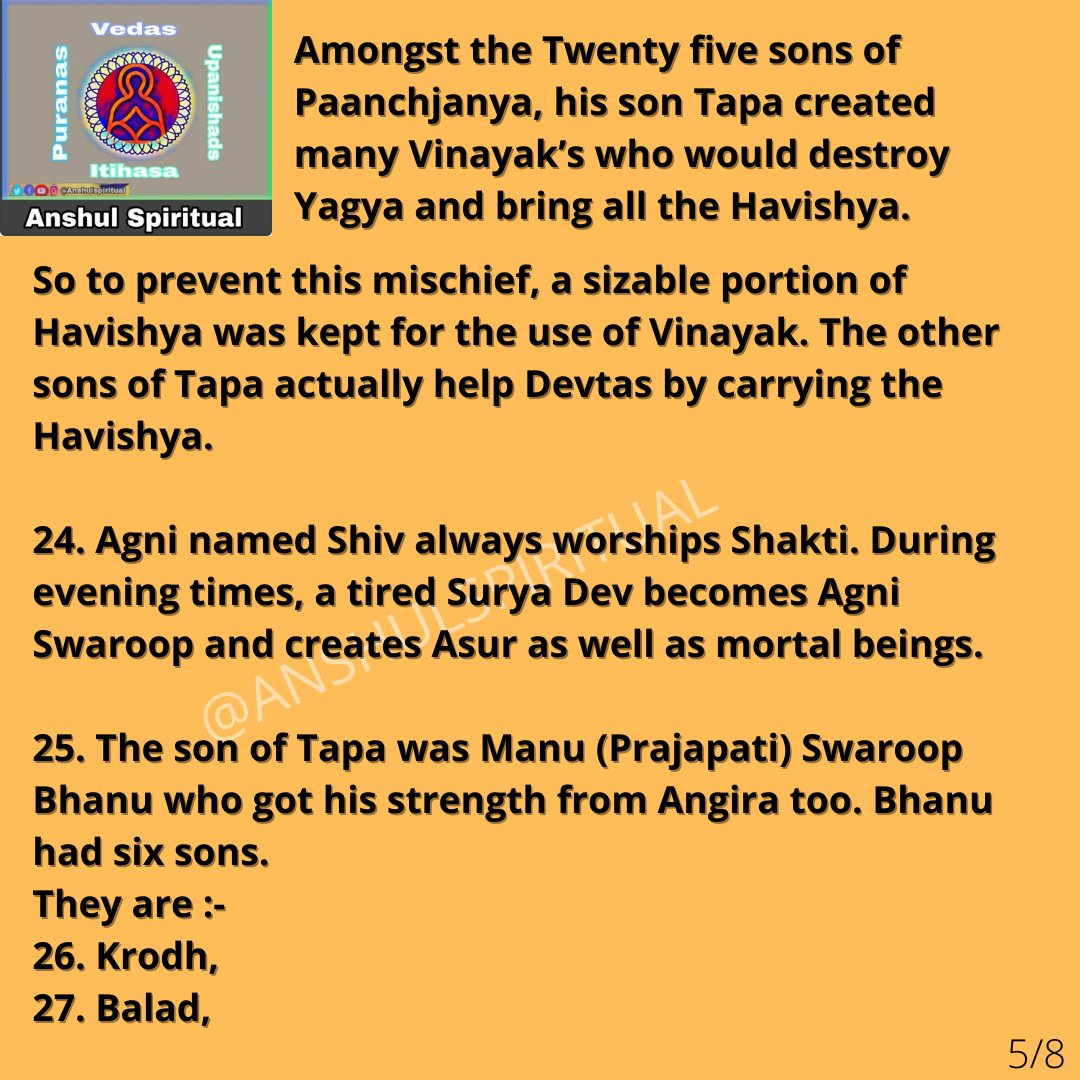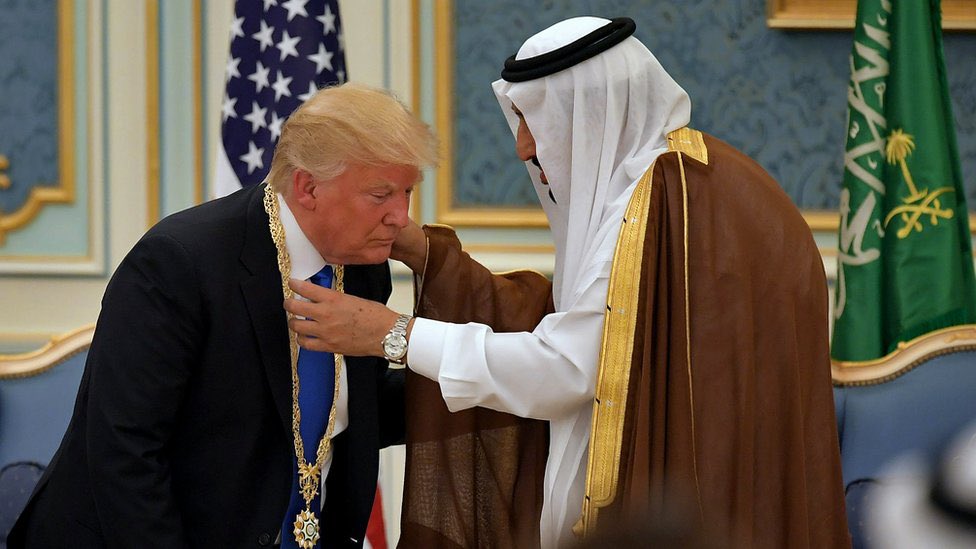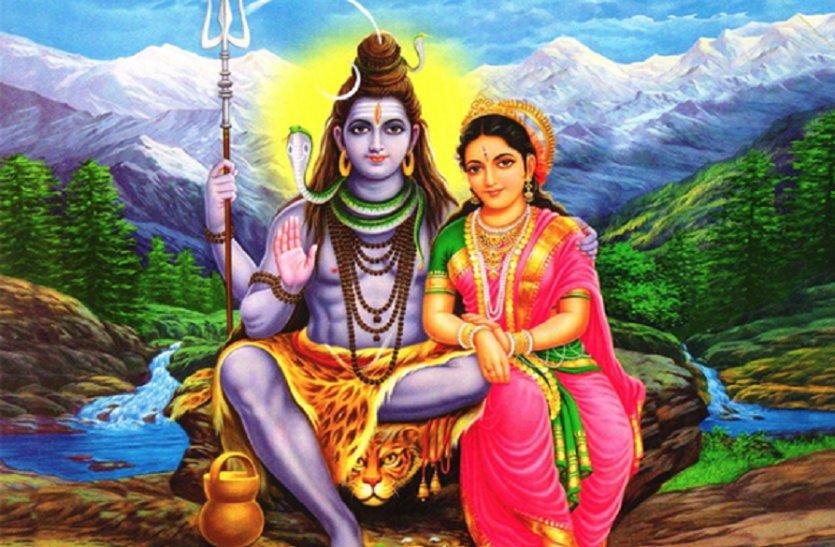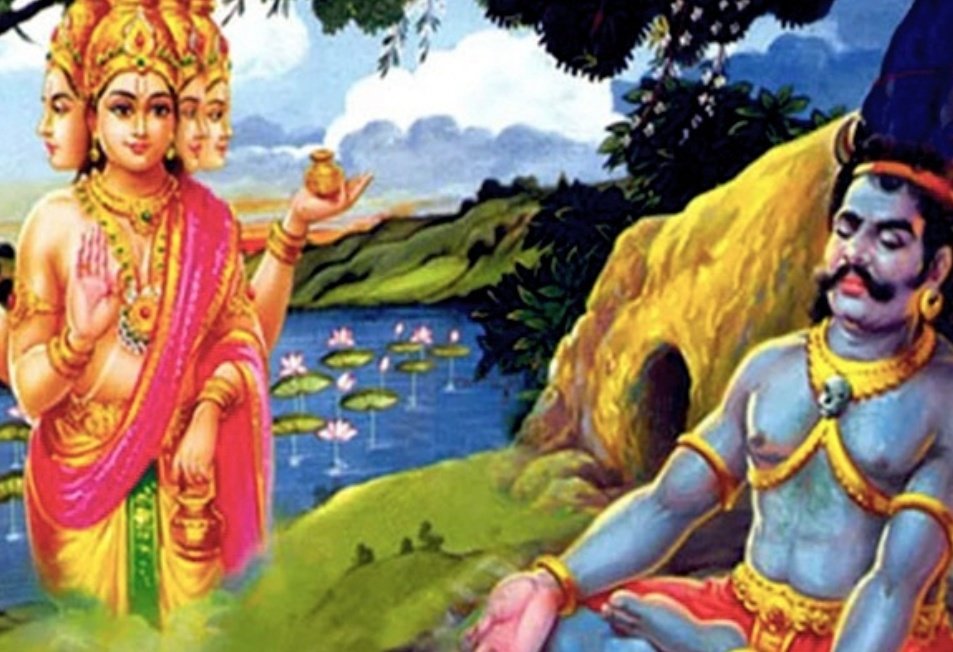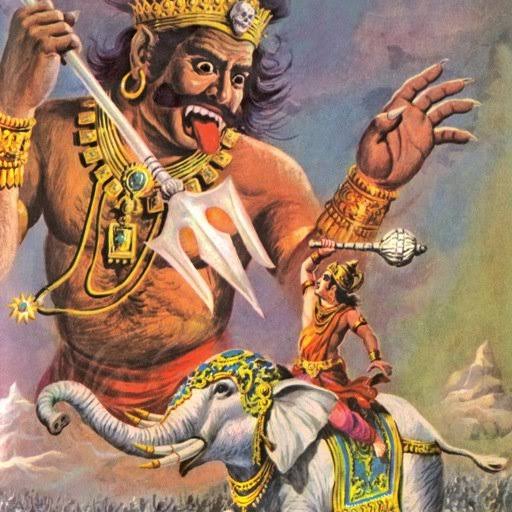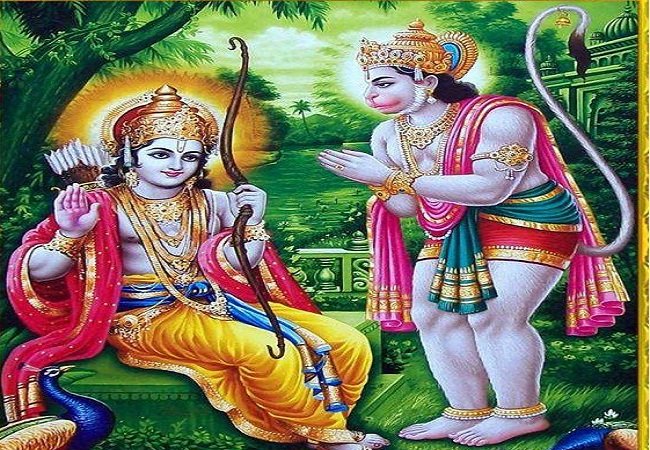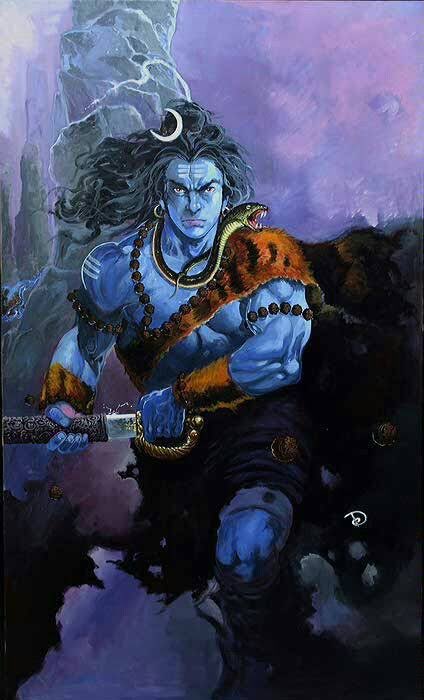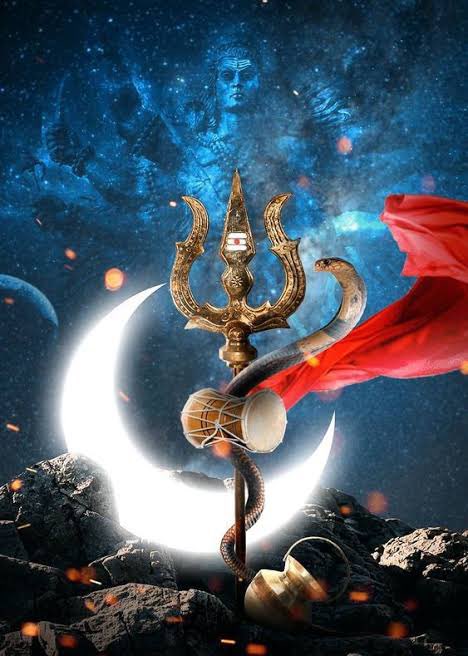THE STORY OF BRAHMIN SHATANAND IN SATYANARAYAN KATHA.
We already know that this katha was narrated by Vishnu ji to Narad Muni. So once a Brahmin named Shatanand, who lived in Kashi, went out to gather Bhiksha for his son Kaltraadi. Shatanand was an ardent devotee of Vishnu ji.

The old Brahmin then revealed his identity. Shatanand realized that the old man was no one else, but Vishnu ji himself.
Vishnu ji advised him to perform Satyanarayan puja with whatever
Shatanand received more than what he usually would get in charity. He performed the puja as advised by Vishnu ji.
More from Anshul Pandey
BHAI DOOJ / KARTIK DWIITYA RITUALS AS PER PADMA PURAN!
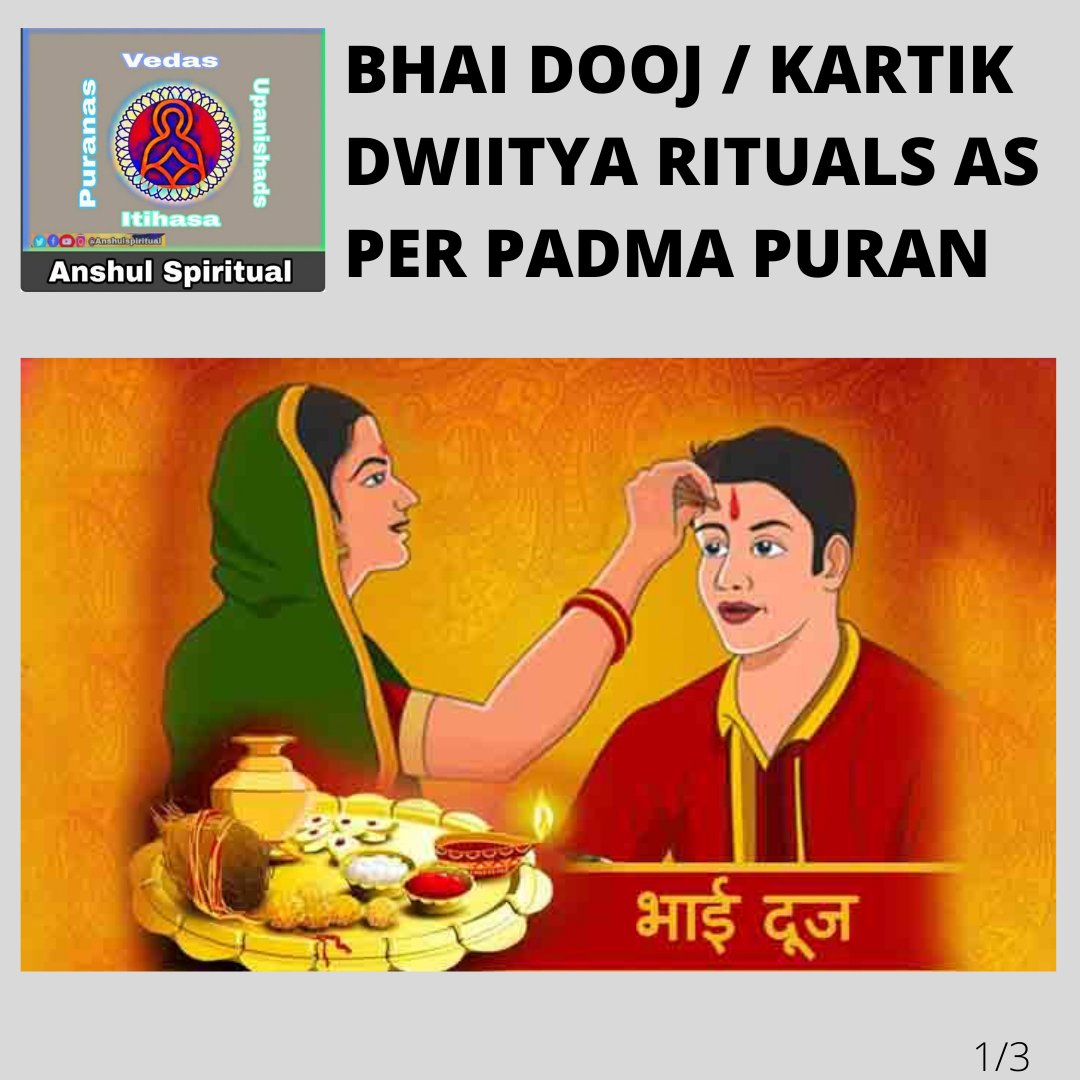
https://t.co/Nk49jADuXS
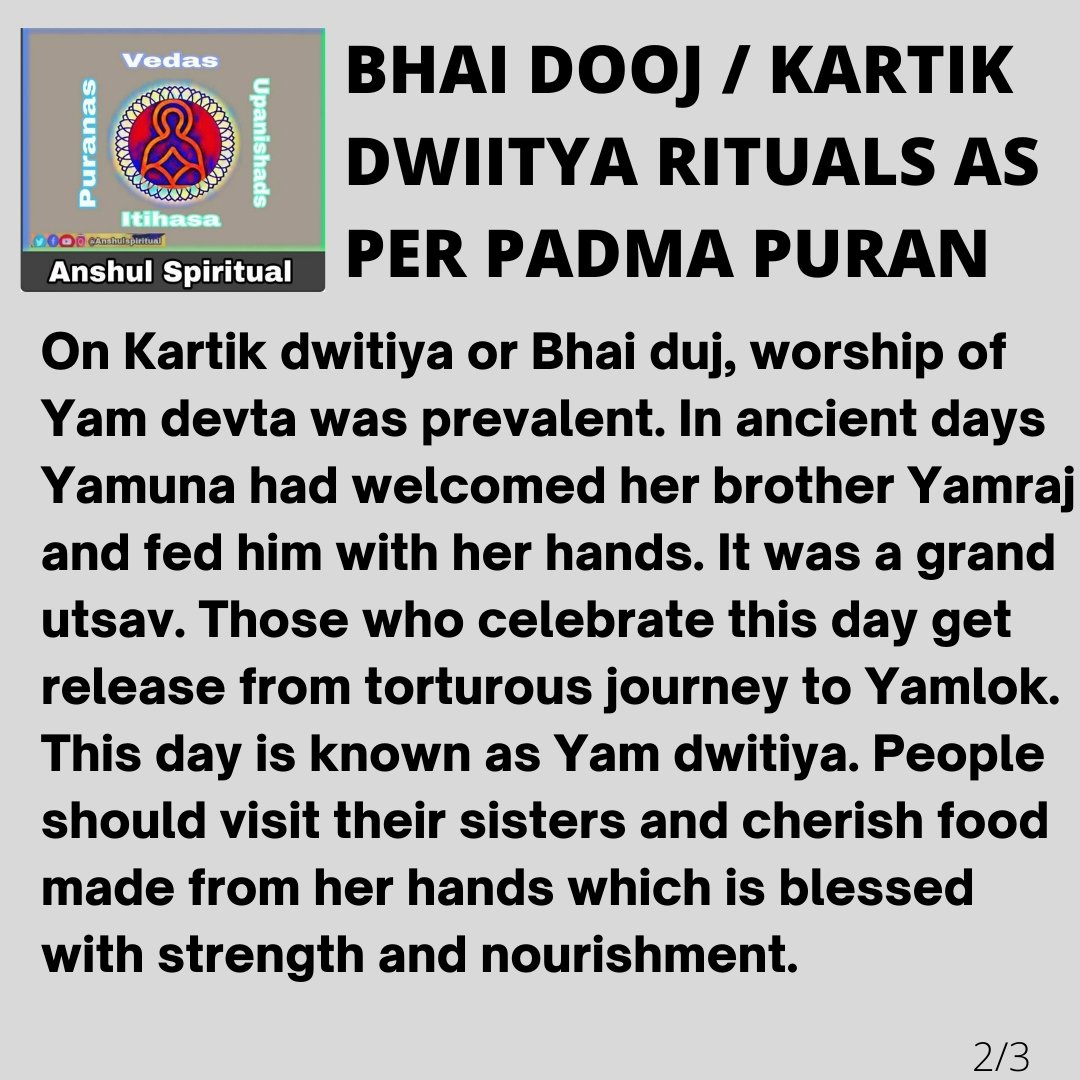
https://t.co/CqYE2aVHCI

Instagram link👇
https://t.co/UmeHgDSP0a
Facebook page link👇
https://t.co/LFtkDQeBvI
Happy Bhai Dooj to all!
#InspiredBySwamiAnjaninandanDass
Just in case if you have not subscribed to my youtube channel, please do subscribe, I have already posted 9 Videos till now on different subjects, Specially Mythbusters topics. Do watch them and give your feedback in comments

https://t.co/Nk49jADuXS

https://t.co/CqYE2aVHCI

Instagram link👇
https://t.co/UmeHgDSP0a
Facebook page link👇
https://t.co/LFtkDQeBvI
Happy Bhai Dooj to all!
#InspiredBySwamiAnjaninandanDass
Just in case if you have not subscribed to my youtube channel, please do subscribe, I have already posted 9 Videos till now on different subjects, Specially Mythbusters topics. Do watch them and give your feedback in comments



